코스피 4,300선 돌파…새해 첫날 사상 최고치 경신
코스피 2.3% 오른 4,309 마감…외국인 순매수
코스피 시가총액 사상 처음 3,500조 원 돌파
-
이 대통령, 5일 시진핑과 정상회담…"하나의 중국 존중"재생

-
위성락, 이 대통령 3박 4일 방중 세부 일정 공개
5일 한중 비즈니스 포럼 참석해 새 경제협력 논의
같은 날 시진핑 정상회담·MOU 서명식·국빈 만찬
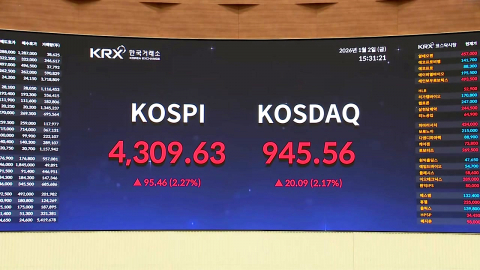





!["쿠팡 안녕"…'탈팡' 인증 릴레이 확산 [앵커리포트]](https://image.ytn.co.kr/general/jpg/2026/0102/202601021448147388_h.jpg)
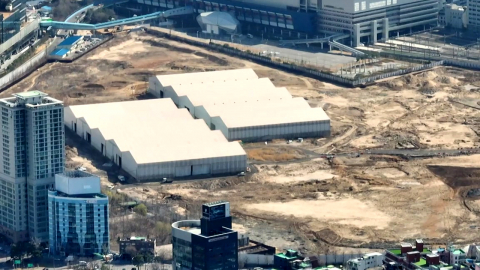
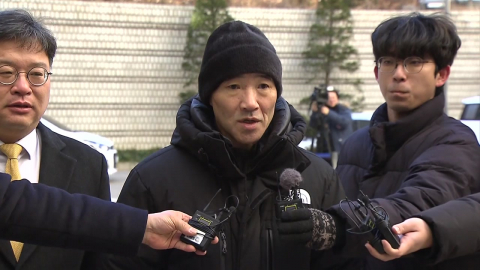
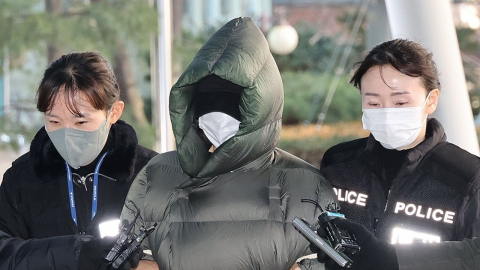
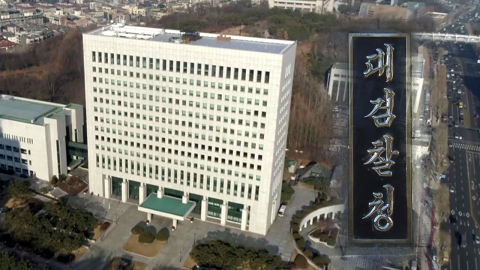
![올해 빨간 날은 얼마나? 추가 휴일 지정 가능성도 [앵커리포트]](https://image.ytn.co.kr/general/jpg/2026/0102/202601021423261901_h.jpg)

![고가 패딩 초등생이 어르신 조롱? [앵커리포트]](https://image.ytn.co.kr/general/jpg/2026/0102/202601021448179359_h.jpg)
![아이들 덮칠 뻔한 '180kg 공'…온몸 던진 디즈니 직원 [앵커리포트]](https://image.ytn.co.kr/general/jpg/2026/0102/202601021448217223_h.jpg)

![차량으로 경찰 밀고 추격전…대체 왜? [앵커리포트]](https://image.ytn.co.kr/general/jpg/2026/0102/202601021420088742_h.jpg)
![[날씨] 새해 한파 맹위, 한낮 체감 -10℃…주말 낮부터 풀려](https://image.ytn.co.kr/general/jpg/2026/0102/202601021600591852_h.jpg)
![[나우쇼츠] '불법 금 채굴' 페루 광산 폭력 사태…"10여 명 사망·실종"](https://image.ytn.co.kr/general/jpg/2026/0102/202601021308005201_h.jpg)
![[나우쇼츠] 전쟁터? 시위현장?…"스페인 밀가루 싸움 축제"](https://image.ytn.co.kr/general/jpg/2026/0102/202601021309233419_h.jpg)

![[Y초점] “트로피인가, 기념품인가”…권위 잃은 지상파 연기대상, 그들만의 ‘쪼개기’ 잔치](https://image.ytn.co.kr/general/jpg/2026/0102/202601020901380619_h.jpg)








